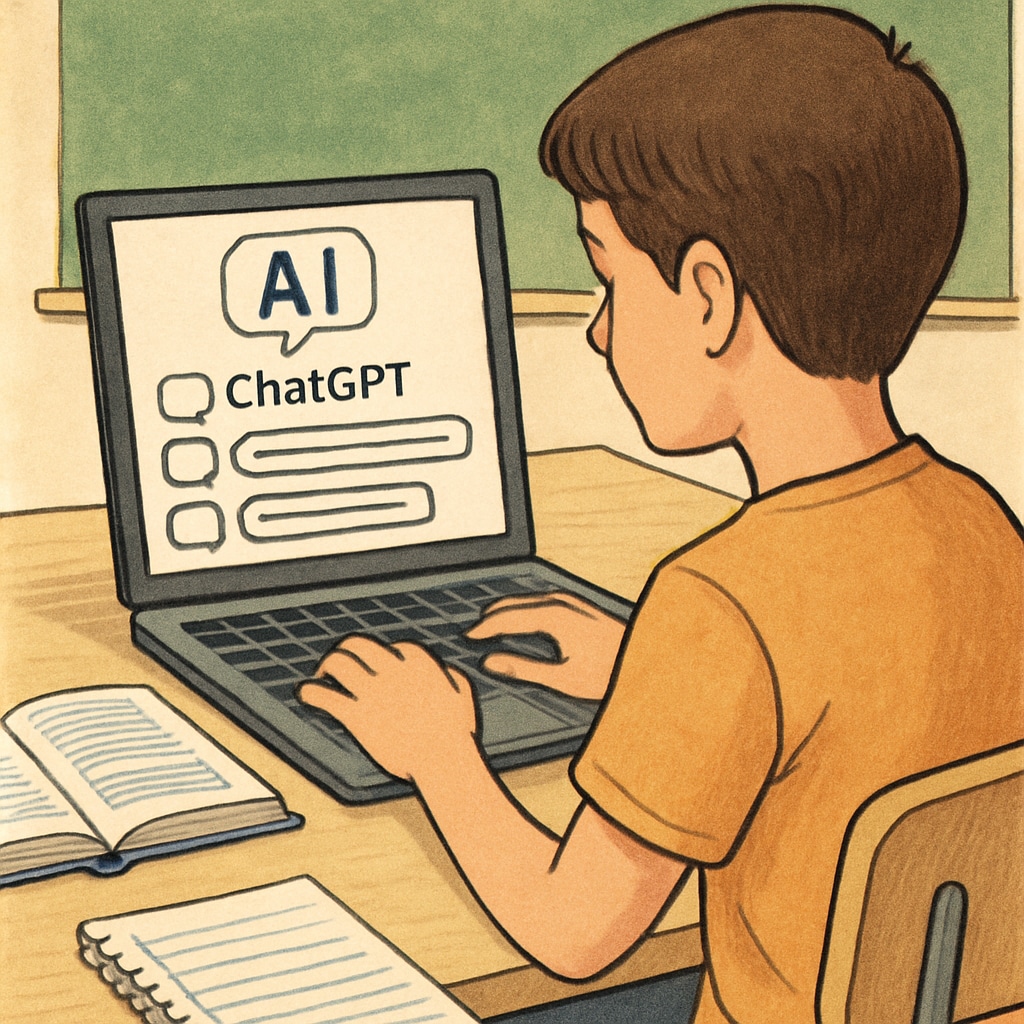As AI tools like ChatGPT continue to revolutionize education, their use by students to complete assignments introduces new challenges surrounding academic integrity, detection methods, and education costs. The rise of these technologies prompts educators to rethink their approaches to learning and evaluation, highlighting ethical and practical questions that demand immediate attention.
Redefining Academic Integrity in the Age of AI
Academic integrity has traditionally been defined as honesty and originality in one’s work, but the emergence of AI tools complicates this definition. Students can now use AI to generate essays, solve problems, and even conduct research—all with minimal effort. While AI offers undeniable benefits, such as aiding creativity and promoting deeper learning, it also blurs the line between authentic effort and automation.
Educators face the difficult task of fostering ethical behavior while recognizing the potential of AI as a legitimate learning tool. Should assignments explicitly ban the use of AI tools, or should educators guide students in integrating AI responsibly? Balancing these perspectives is crucial to maintaining academic honesty while embracing technological advancements.

The Challenges of Detecting AI-Assisted Work
Detecting AI-generated assignments is another major hurdle. Traditional plagiarism detection tools, such as Turnitin, are not designed to identify content created by AI. While new AI detection algorithms are emerging, their reliability and accuracy remain inconsistent. For example, AI-generated text can mimic human writing styles, making it challenging to discern authenticity.
Moreover, detection methods often require substantial investments in technology and training, creating additional burdens on school budgets. This raises questions about resource allocation: Should schools prioritize AI detection tools over other educational needs? As a result, educators must weigh the costs and benefits of implementing such systems.
Balancing Resource Allocation and Ethical Education
The ethical use of AI in education goes hand-in-hand with the allocation of resources. Schools and teachers must decide how to distribute their limited funds to address the challenges posed by AI tools. Should budgets be directed toward AI detection software, or should they focus on teacher training to understand and integrate AI into the curriculum?
One approach is to rethink how assignments are designed. For example, educators could create tasks requiring critical thinking and personal reflection—elements that are harder for AI to replicate. Additionally, schools could promote transparency by encouraging students to disclose their use of AI in their work, fostering an environment of trust and collaboration.

Ultimately, navigating the ethical and practical dilemmas of AI in education demands a collective effort. By redefining academic integrity, refining detection methods, and thoughtfully allocating resources, educators can adapt to this technological shift while preserving the integrity of learning.
Readability guidance: The article uses short paragraphs and lists to summarize key points, ensuring clarity. Passive voice and long sentences are minimized, while transitional phrases like “however,” “therefore,” and “as a result” improve flow and readability.


